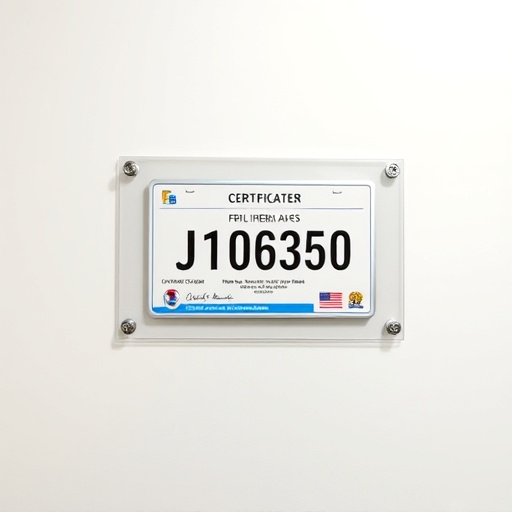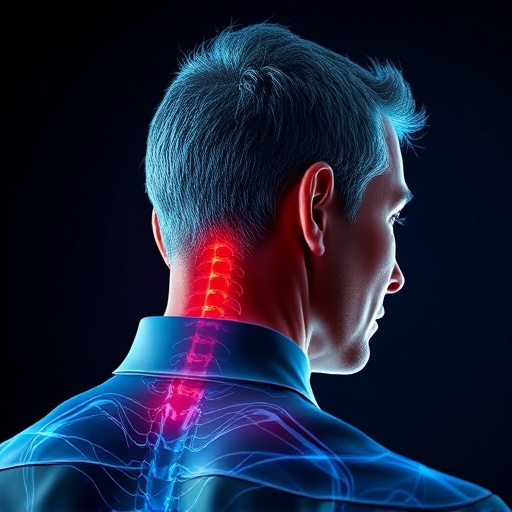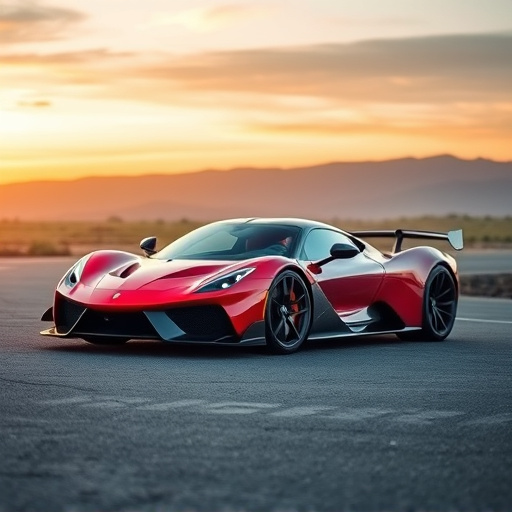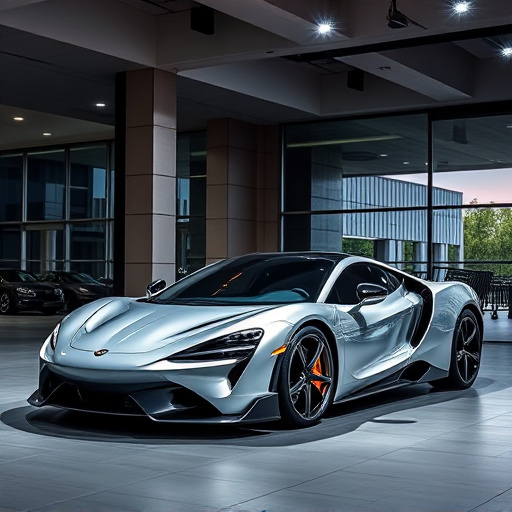Carbon fiber intake systems, though renowned for their lightweight nature and strength, are susceptible to UV radiation damage from sunlight, which can degrade their structural integrity over time. To combat this, manufacturers must employ specialized treatments and coatings for enhanced UV protection. These systems, with their superior strength-to-weight ratios, find significant applications in automotive and aerospace industries where portability and durability are crucial. Proper care, including high-quality materials, advanced coatings, inspections, and storage away from direct sunlight, is essential to ensure the longevity of carbon fiber intake systems in outdoor environments.
Carbon fiber intake systems have revolutionized automotive design, offering superior strength and performance. However, their longevity is increasingly important as vehicles age. This article delves into the critical aspect of UV resistance—a key factor affecting carbon fiber intake systems’ durability. We explore how understanding UV radiation’s impact shapes protection strategies in lightweight construction, ensuring these high-performance components maintain their integrity over time. Practical considerations for maintaining optimal performance are also discussed.
- Understanding UV Resistance and Its Impact on Carbon Fiber Intake Systems
- The Role of Lightweight Construction in Enhancing UV Protection
- Practical Considerations for Ensuring Long-Lasting Performance
Understanding UV Resistance and Its Impact on Carbon Fiber Intake Systems

Carbon fiber intake systems have revolutionized automotive design, offering unparalleled strength and weight savings compared to traditional materials. However, their performance is significantly influenced by UV resistance—a crucial factor often overlooked. UV radiation from sunlight can degrade carbon fiber composites over time, leading to structural weakness and reduced durability. Understanding this interaction is essential for ensuring the longevity of these lightweight components.
UV resistance is a material’s ability to withstand exposure to ultraviolet light without suffering significant deterioration. Carbon fiber intake systems, being highly susceptible to environmental factors, require specialized treatments and coatings to enhance their UV resistance. By integrating advanced protective layers, manufacturers can safeguard the structural integrity of these systems, ensuring optimal performance for years to come.
The Role of Lightweight Construction in Enhancing UV Protection

In the pursuit of enhanced UV protection, the role of lightweight construction materials like carbon fiber intake systems cannot be overstated. These advanced materials offer a unique blend of strength and low density, significantly reducing the overall weight of products while maintaining their structural integrity. By minimizing the material required to achieve the same level of protection, lightweight constructions allow for better UV resistance without adding substantial bulk. This is particularly beneficial in industries where product portability and ease of use are paramount, such as automotive and aerospace applications.
Carbon fiber intake systems, for instance, not only provide exceptional strength-to-weight ratios but also exhibit excellent chemical stability, making them highly resistant to the degradative effects of UV radiation. The intricate network of carbon fibers acts as a barrier, absorbing and dispersing harmful UV rays, thereby preventing damage to the underlying materials over time. This integration of lightweight construction techniques with UV protection strategies ensures that products not only look good but also perform optimally under varying environmental conditions, extending their lifespan and maintaining their structural quality.
Practical Considerations for Ensuring Long-Lasting Performance

When it comes to UV resistance, practical considerations are key to ensuring long-lasting performance in materials used for outdoor applications. Carbon fiber intake systems, known for their lightweight properties and exceptional strength, require specific attention to maintain their integrity under intense sunlight exposure. The natural aging process of certain composites can be accelerated by the sun’s UV rays, leading to potential weakness and structural failures over time.
To mitigate these risks, selecting high-quality carbon fibers and utilizing advanced coating technologies is essential. Coating not only adds an extra layer of protection against UV radiation but also helps maintain the material’s aesthetic appeal. Regular maintenance checks, including inspecting for signs of damage or degradation, are crucial. Additionally, proper storage methods, such as keeping the materials out of direct sunlight during downtime, can significantly prolong the lifespan of carbon fiber intake systems in outdoor environments.
Carbon fiber intake systems, known for their lightweight construction and strength, are increasingly recognized for their UV resistance properties. By understanding how UV radiation impacts these systems and implementing practical considerations for protection, manufacturers can ensure long-lasting performance. The integration of lightweight materials plays a pivotal role in enhancing UV protection, making carbon fiber intake systems not only efficient but also durable in various environmental conditions.














